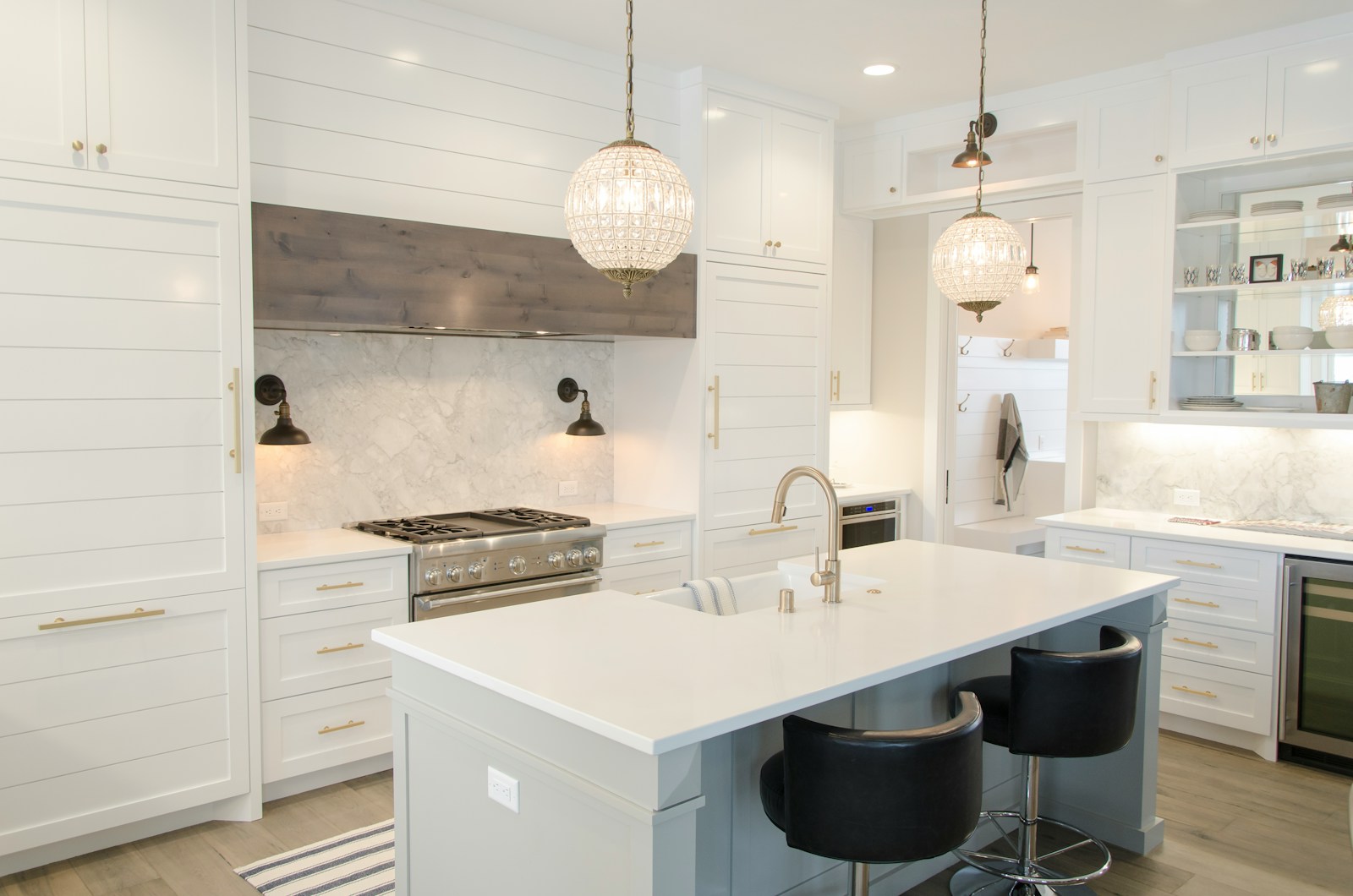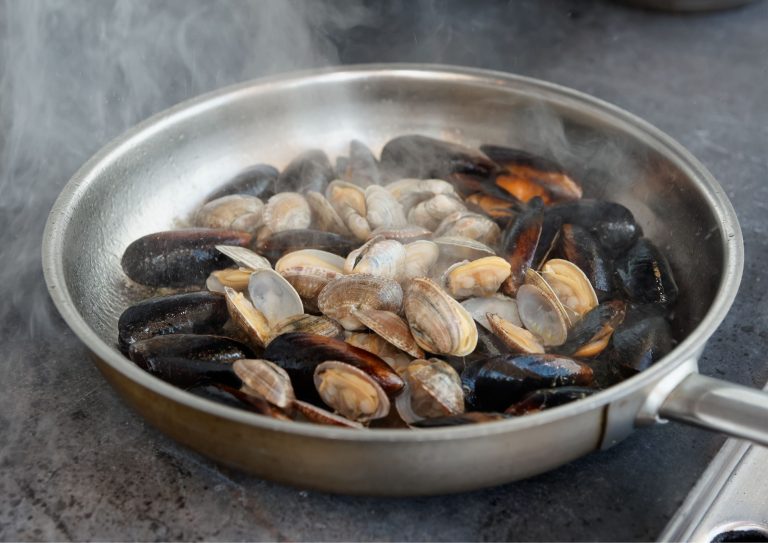The Countertop Showdown: Quartz vs. Sintered Stone—Which Suits Your Kitchen Best?
When it comes to kitchen design, countertops play a significant role in both aesthetics and functionality.
Quartz and sintered stone are two popular choices, both known for their durability and style. But how do you decide which one is right for you? Let's break down the key differences to help you make an informed choice.
The Warm Welcome of Your Kitchen
First, let's address a misconception. Your kitchen countertop shouldn't be an afterthought! It's a central part of your food prep and entertaining space. While a dining room is perfect for socializing, your kitchen can also be a cozy gathering spot. Choosing the right countertop material, like quartz or sintered stone, can contribute to that inviting atmosphere.
Quartz Countertops: A Popular Choice for a Reason
Quartz has been a long-standing favorite among homeowners and designers. Here's why:
- Durable and Long-Lasting: Engineered quartz is built to withstand everyday wear and tear.
- Easy Maintenance: Cleaning and maintaining a quartz countertop is a breeze.
- Wide Design Options: Quartz comes in a vast array of colors, patterns, and finishes to complement any design style, from modern to traditional.
The Rise of Sintered Stone: A Natural Look with Modern Performance
Sintered stone is a newcomer on the scene, but it's quickly gaining popularity. Here are its key features:
- Natural Beauty: Sintered stone offers the look and feel of natural stone with the durability of a man-made material.
- Highly Durable: Similar to quartz, sintered stone is resistant to scratches, heat, and stains.
- Low Maintenance: Cleaning sintered stone is simple and requires minimal effort.
- Versatility in Design: Sintered stone comes in a variety of colors and textures, allowing you to mimic the look of natural stone or explore contemporary design options.
Durability Face-Off: Why Sintered Stone Outperforms Quartz (Mohs Scale Proof)

Durability Champions: Quartz and Sintered Stone
Kitchen countertops need to be tough enough to handle daily wear and tear. Two champions in this arena are quartz and sintered stone. Here's why they stand out:
Non-Porous Powerhouse: Both quartz and sintered stone are non-porous, unlike natural materials like marble. This means they resist spills and stains, preventing permanent discoloration. No more worrying about spilled wine or forgotten coffee cups!
Effortless Maintenance: Their non-porous nature also translates to easy cleaning. A quick wipe-down is usually all it takes to keep them looking their best.
Sintered Stone: Pushing Durability Even Further
While both materials excel in durability, sintered stone boasts some additional advantages:
Superior Hardness: Sintered stone scores a 7-8 on the Mohs scale of mineral hardness, compared to quartz's 7. This translates to even greater scratch resistance, perfect for busy kitchens.
Heat Resistant Hero: The high-heat production process of sintered stone makes it incredibly heat resistant. You can place hot pots and pans directly on the surface without leaving any marks.
Weatherproof Wonder: Sintered stone's resilience extends beyond the kitchen. Its fade-resistant properties make it suitable for both indoor and outdoor applications.
Composition Clash: Resin-Free Sintered Stone vs. Quartz’s Hybrid Mix

Ever wonder how these durable countertop materials come to life? Let's delve into the manufacturing processes of quartz and sintered stone:
Sintered Stone: A High-Heat Transformation: The creation of sintered stone starts with carefully selected raw materials, which can include natural stone particles, recycled glass, and ceramics. Each manufacturer has its own unique formula, but the process generally involves:
- Grinding the Raw Materials: The ingredients are crushed into a fine powder.
- Compaction and Molding: The powder is pressurized and formed into slabs.
- High-Heat Treatment: The slabs are exposed to intense heat and pressure, causing the particles to sinter (fuse) together, creating a dense and solid material.
Quartz: A Resin-Bound Beauty: Quartz countertops are also engineered, but their process differs:
- Combining Quartz and Resin: Crushed natural quartz is the primary ingredient, but it's mixed with resins and polymers to bind everything together.
- Adding Color and Design: Pigments are introduced during the mixing stage, allowing for a vast array of colors and patterns.
- Shaping and Finishing: The quartz mixture is then molded and cured to form slabs, which are finally polished to achieve the desired finish.
Key Differences in Composition:
While both materials are man-made and contain elements found in natural stone, their compositions differ significantly:
- Sintered Stone: Focuses on natural materials like crushed stone particles and recycled materials, bonded through high heat and pressure.
- Quartz: Primarily relies on crushed quartz combined with synthetic resins and binders.
Heat Resistance Test: Sintered Stone’s Edge Over Quartz in High-Temp Kitchens

Both quartz and sintered stone are known for their durability, but when it comes to heat resistance, sintered stone takes the crown.
Sintered Stone: The Heat Champion: Thanks to its high-heat manufacturing process, sintered stone excels at resisting scorching temperatures. You can confidently place hot pots and pans directly on the surface without leaving any marks – a feature often showcased in cooking videos. This exceptional heat tolerance makes sintered stone ideal for busy kitchens where hot utensils are a frequent occurrence.
Quartz: Holds its Ground, But with Limits: While quartz is also heat resistant, it can't match the extreme temperatures sintered stone can handle. The resin used in quartz can scorch or discolor if exposed to excessively high heat. However, for normal household cooking temperatures, quartz performs well. It's important to use hot pads with extremely hot pots and pans to avoid any potential damage.
Choosing the Right Material for Your Needs:
The ideal material depends on your cooking habits. If you often use very hot pans or prefer the peace of mind of placing anything hot directly on the counter, sintered stone might be the better choice. However, for most kitchens, quartz offers sufficient heat resistance for everyday cooking needs.





